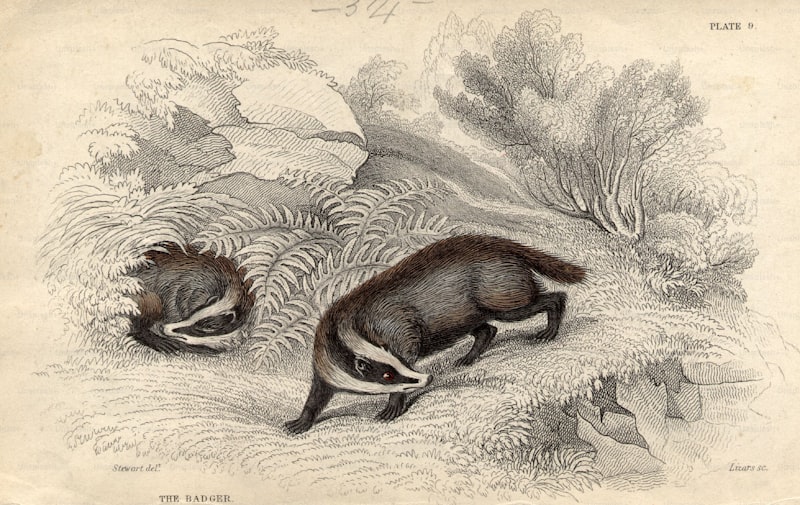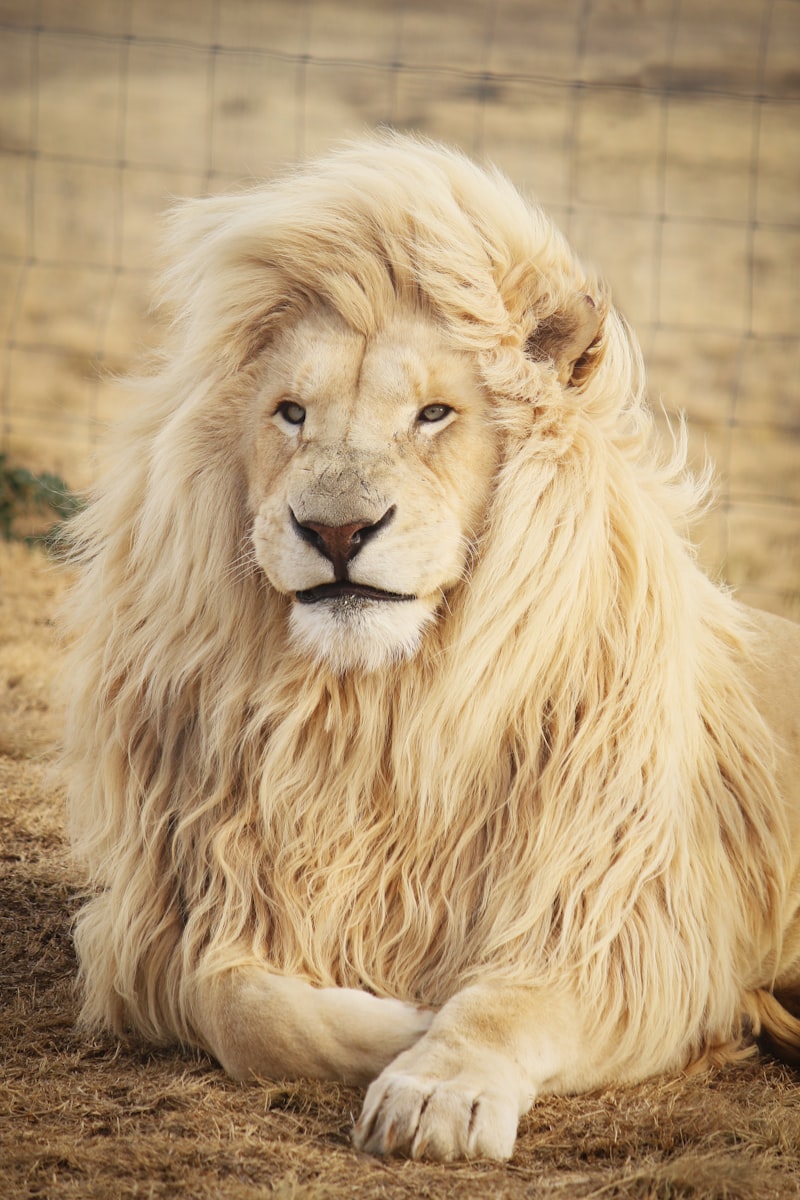Venture into the depths of the Amazon rainforest, where the pink river dolphin glides gracefully through murky waters, its vibrant hue contrasting against the lush greenery. Known for its intelligence and social nature, this freshwater cetacean remains an enigmatic symbol of South American waters.
Dare to explore the desolate plains of the Gobi Desert, where the elusive snow leopard prowls with unmatched stealth. Adorned with a thick, smoky-gray fur coat adorned with dark rosettes, it effortlessly navigates the harsh terrain, embodying resilience and adaptability in the face of extreme conditions.
Travel to the remote Galápagos Islands, a living laboratory of evolution, where the marine iguana thrives in a realm where land meets sea. With its flattened tail and salt-excreting glands, it’s a testament to nature’s ingenuity, perfectly adapted to forage underwater for algae—a sight both bizarre and breathtaking.
In the heart of Madagascar, the aye-aye emerges from the shadows of the dense rainforest, its large, luminous eyes and elongated, bony middle finger evoking a sense of both curiosity and wonder. This nocturnal primate’s unique feeding behavior—tapping on trees to locate grubs—highlights its remarkable adaptation to its environment.
Beyond the Jungle: Exploring Remote Regions for Rare Animal Species
Venturing into these distant corners of the world is like embarking on a quest for hidden treasures. From the dense rainforests of the Amazon Basin to the icy expanses of Antarctica, each ecosystem shelters species that have evolved in isolation for millennia. Take the Okavango Delta in Botswana, where elephants roam freely and crocodiles lurk in labyrinthine water channels, or the Galápagos Islands, where giant tortoises amble through volcanic landscapes unchanged since prehistoric times.
The allure of these regions lies not only in their biodiversity but also in the mysteries they hold. How does the fossa of Madagascar hunt through the dense undergrowth, or how does the elusive snow leopard navigate the rugged terrain of the Himalayas? Each species is a testament to nature’s creativity, adapted perfectly to survive in its unique habitat.
But these regions are not just havens for wildlife; they are also crucibles for scientific discovery. Researchers study the behaviors of elusive species to unlock secrets of evolution and ecological resilience. Every sighting, every track left in the mud, adds to our understanding of life’s diversity and interconnectedness.
Exploring these remote regions isn’t just an adventure—it’s a journey into the heart of conservation. By understanding and protecting these habitats, we safeguard not only the species that call them home but also the delicate balance of our planet’s ecosystems. It’s a reminder that while these places may seem distant and inaccessible, their preservation is vital for the future of biodiversity worldwide.
So, next time you dream of adventure, consider going beyond the familiar trails into the wild unknown. Discover the hidden realms where rare animal species reign supreme, and where every encounter sparks wonder and respect for the natural world.
Unveiling Nature’s Secrets: Scientists Find New Rare Animal Species
The newfound species, tentatively named the Amazonian Glow Frog for its mesmerizing bioluminescent skin, represents a marvel of evolution. Its discovery underscores the vastness of Earth’s unexplored regions and the resilience of life forms hidden within them.
Researchers, led by Dr. Maria Silva of the Amazon Wildlife Research Institute, stumbled upon the Glow Frog during an expedition aimed at studying nocturnal biodiversity. “We were awestruck when we first witnessed its glow amidst the darkness of the forest floor,” Dr. Silva recalled. The frog’s skin emits a faint greenish-blue light, aiding camouflage and likely playing a role in mating rituals—a testament to nature’s ingenuity.

This newfound species is not just a biological rarity but a poignant reminder of the urgency to conserve Earth’s remaining wilderness. “The Amazon rainforest continues to astound us with its biodiversity,” Dr. Silva noted, emphasizing the critical need for habitat preservation amidst ongoing environmental challenges.
As news of the discovery spreads, questions abound about the broader implications for conservation and scientific exploration. How many more such species remain undiscovered, silently shaping their ecosystems? What lessons can we learn from this luminous amphibian about adaptation and survival in Earth’s most diverse habitats?
For now, the Amazonian Glow Frog stands as a symbol of nature’s resilience and the perpetual quest to unravel its mysteries. As scientists delve deeper into unexplored territories, each discovery serves as a beacon of hope and a call to protect the fragile balance of life on our planet.
Hidden Treasures of Biodiversity: Rare Animal Species Discovered
Imagine stumbling upon a hidden trove of gems, each more dazzling and unique than the last. Now, replace those gems with some of the rarest and most extraordinary animals on Earth. That’s the thrill of discovering rare animal species, hidden away in the far reaches of our planet.
In the depths of the Amazon rainforest, scientists recently uncovered a species of miniature wild cat never before documented by humans. Picture a cat so small it could fit in the palm of your hand, yet possessing all the majesty and grace of its larger relatives. This newfound species not only captivates the imagination but also underscores the incredible biodiversity still waiting to be unveiled in our world.
Venture to the remote islands of the Galápagos, and you might chance upon the Fernandina tortoise, thought to be extinct for over a century until a lone female was spotted in 2019. This ancient giant, resembling a living dinosaur, reminds us of the resilience of life and the unpredictability of nature’s secrets.
Even in the icy waters of Antarctica, life thrives in unexpected forms. Recently, biologists uncovered a species of translucent sea cucumber with a ghostly appearance, perfectly adapted to its frigid environment. It’s a reminder that biodiversity isn’t just about the large and charismatic; it’s also about the subtle and bizarre adaptations that allow life to flourish in every corner of the globe.
These discoveries are more than just scientific breakthroughs; they’re windows into worlds we never knew existed. They challenge our understanding of what it means to share our planet with creatures both familiar and utterly alien to us. Each rare species found is a piece of a puzzle, contributing to our understanding of evolution, ecology, and the delicate balance of life on Earth.
So, the next time you hear about a new species discovered deep in a rainforest or at the bottom of the ocean, take a moment to marvel at the hidden treasures of biodiversity. Who knows what other wonders lie waiting to be found?
Into the Wild: Expeditions That Uncovered Rare Animal Species
In the heart of the Amazon rainforest, scientists have embarked on expeditions that redefine our understanding of wildlife. Among the towering trees and winding rivers, they’ve uncovered species thought to be extinct and encountered creatures that challenge our imaginations. Imagine coming face to face with a pygmy three-toed sloth, a creature so elusive that its existence was once questioned. These expeditions bring such marvels to light, proving that our planet still harbors secrets waiting to be unveiled.
Venturing into the wild isn’t merely about spotting rare animals; it’s about conservation and understanding. Each discovery offers insights into the delicate balance of ecosystems and underscores the urgency of protecting these habitats. Take the case of the saola, a rare antelope-like creature discovered in the Annamite Mountains of Vietnam. Its discovery prompted immediate conservation efforts to safeguard its natural habitat from human encroachment.
The thrill of these expeditions lies not only in the discoveries themselves but also in the stories they tell. Imagine the excitement of stumbling upon a species that challenges everything known about its genus, like the Bornean tufted ground squirrel. Its unique characteristics, from its vibrant orange fur to its peculiar behavior, captivate both scientists and nature enthusiasts alike.

These expeditions are journeys into the unknown, where every step forward brings us closer to understanding our planet’s rich tapestry of life. They remind us of the importance of conservation and ignite a passion for exploration in all who hear their tales.
From Deep Seas to Dense Forests: Where Rare Animal Species Thrive
Diving into the deep seas is like exploring another world altogether. Beneath the surface, where sunlight struggles to penetrate, lies a realm of wonder. Here, amidst the cold and darkness, creatures like the colossal giant squid roam freely. With eyes the size of dinner plates and tentacles that can snatch prey in an instant, these enigmatic giants epitomize the mysteries of the deep.
Imagine encountering the vampire squid, a creature that seems straight out of a science fiction tale. Its cloak-like webbing and bioluminescent properties make it a true marvel of evolution. In these lightless waters, where pressures could crush a submarine, life thrives in forms both strange and beautiful.
Venture now into the heart of dense forests, where sunlight filters through a canopy of leaves, creating a green haven teeming with life. Here resides the ethereal clouded leopard, gracefully navigating tree limbs with unparalleled agility. Its mottled coat blends seamlessly with the dappling light, a perfect camouflage in this vertical world.
Deep within the Amazon rainforest, elusive creatures like the jaguarundi slink through the undergrowth, their small size belying their fierce hunting skills. Birds of paradise flaunt their vibrant plumage amidst the tangled vines, each species a testament to nature’s creativity and adaptation.
From the depths of the ocean to the heights of the forest canopy, these ecosystems harbor treasures beyond imagination. Each rare species plays a vital role in its habitat, contributing to the delicate balance of nature. Exploring these realms not only inspires awe but also underscores the importance of conservation efforts to protect these fragile environments.
Conservation Breakthrough: New Discoveries in Rare Animal Species
Imagine stumbling upon a secluded forest where elusive creatures roam freely, untouched by human hands for centuries. Researchers, armed with dedication and cutting-edge technology, have uncovered hidden ecosystems teeming with life. These findings not only captivate our imaginations but also underscore the critical importance of preserving fragile habitats.
Take the case of the majestic Amur leopard, once on the brink of extinction. Through meticulous fieldwork and innovative tracking methods, scientists have identified previously unknown breeding grounds deep within the remote forests of the Russian Far East. This revelation offers a glimmer of hope for a species fighting against the odds.
Similarly, in the depths of the ocean, marine biologists have delved into the mysterious world of deep-sea creatures. From the enigmatic coelacanth to the elusive megamouth shark, these ancient species continue to defy our understanding of evolutionary biology. Each sighting provides invaluable data that informs conservation strategies aimed at protecting these deep-sea wonders.
Moreover, the story of the rediscovery of thought-to-be-extinct species like the Coelacanth, brings us wonder and awe of nature’s resilience. These unique creatures, once thought lost to time, remind us of the importance of persistent conservation efforts.
As we navigate an ever-changing world, these breakthroughs serve as beacons of hope. They remind us that with dedication and ingenuity, we can safeguard our planet’s most precious inhabitants for generations to come. Together, we embark on a journey to unlock the secrets of our planet’s rarest animals and ensure their survival in the face of adversity.
Tracking the Unknown: Scientists’ Quest for Rare Animal Species
In the dense jungles and remote corners of our planet, a thrilling quest unfolds daily—a quest driven by the insatiable curiosity of scientists in pursuit of rare animal species. These intrepid explorers venture into uncharted territories, armed with technology, patience, and an unwavering determination to uncover the secrets of elusive creatures that have long evaded human eyes.
Imagine a world where the shadows hold mysteries yet to be revealed. Scientists, equipped with state-of-the-art cameras and GPS tracking devices, embark on expeditions that resemble modern-day treasure hunts. Their mission: to track down species that exist on the brink of extinction or have never before been documented by science.
From the depths of the Amazon rainforest to the icy expanses of the Arctic, each expedition is a blend of scientific precision and adventure. These researchers navigate through rugged terrain, deciphering clues left behind by their elusive subjects—a footprint in the mud, a faint call echoing through the trees, or a fleeting glimpse caught on camera trap.
The search for rare animal species is not just a scientific endeavor but a race against time. Habitat loss, climate change, and human encroachment threaten the existence of these creatures, urging scientists to document their existence before they vanish forever. Every discovery brings hope and urgency to conservation efforts worldwide.
As scientists delve deeper into the unknown, each new sighting or behavioral observation adds a piece to the puzzle of biodiversity. It’s a testament to human ingenuity and determination in unraveling nature’s mysteries. The stories of these expeditions resonate with the spirit of exploration that drives us to understand and protect the diversity of life on Earth.

In this age of rapid environmental change, the quest for rare animal species is not just a scientific pursuit—it’s a narrative of discovery, resilience, and the interconnectedness of all living things. It inspires us to cherish and safeguard our planet’s natural wonders for future generations.
Frequently Asked Questions
Where are some of the best places to find rare animal species?
Discover some of the world’s most unique wildlife at these top destinations known for rare animal species. Explore diverse ecosystems from the Amazon rainforest in Brazil to the Galápagos Islands in Ecuador. Journey to Madagascar for its endemic lemurs or witness the elusive snow leopard in the Himalayas. Each location offers a chance to encounter rare animals in their natural habitats.
How do scientists determine if a species is rare?
Scientists determine if a species is rare by assessing its population size and geographical distribution relative to its historical range. Factors such as habitat loss, fragmentation, and population trends are also considered. A species is classified as rare when it faces a high risk of extinction or has a limited range compared to similar species.
What methods are used to discover rare animal species?
Discovering rare animal species involves various methods such as systematic surveys in natural habitats, employing camera traps for remote monitoring, genetic analysis to identify unique species markers, and engaging local communities in biodiversity monitoring efforts.
Why is discovering rare animal species important for conservation?
Discovering rare animal species is crucial for conservation efforts because it helps scientists understand biodiversity better. By identifying and studying these species, conservationists can prioritize protection measures and preserve ecosystems where these animals play critical roles.
What are the challenges involved in documenting newly discovered rare species?
Discovering and documenting newly found rare species pose challenges such as locating habitats, ensuring accurate identification, and obtaining sufficient data for conservation efforts. This FAQ provides insights into overcoming these hurdles.


